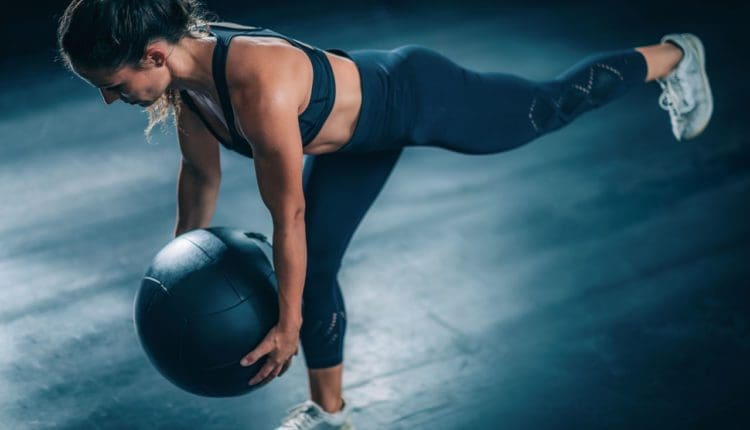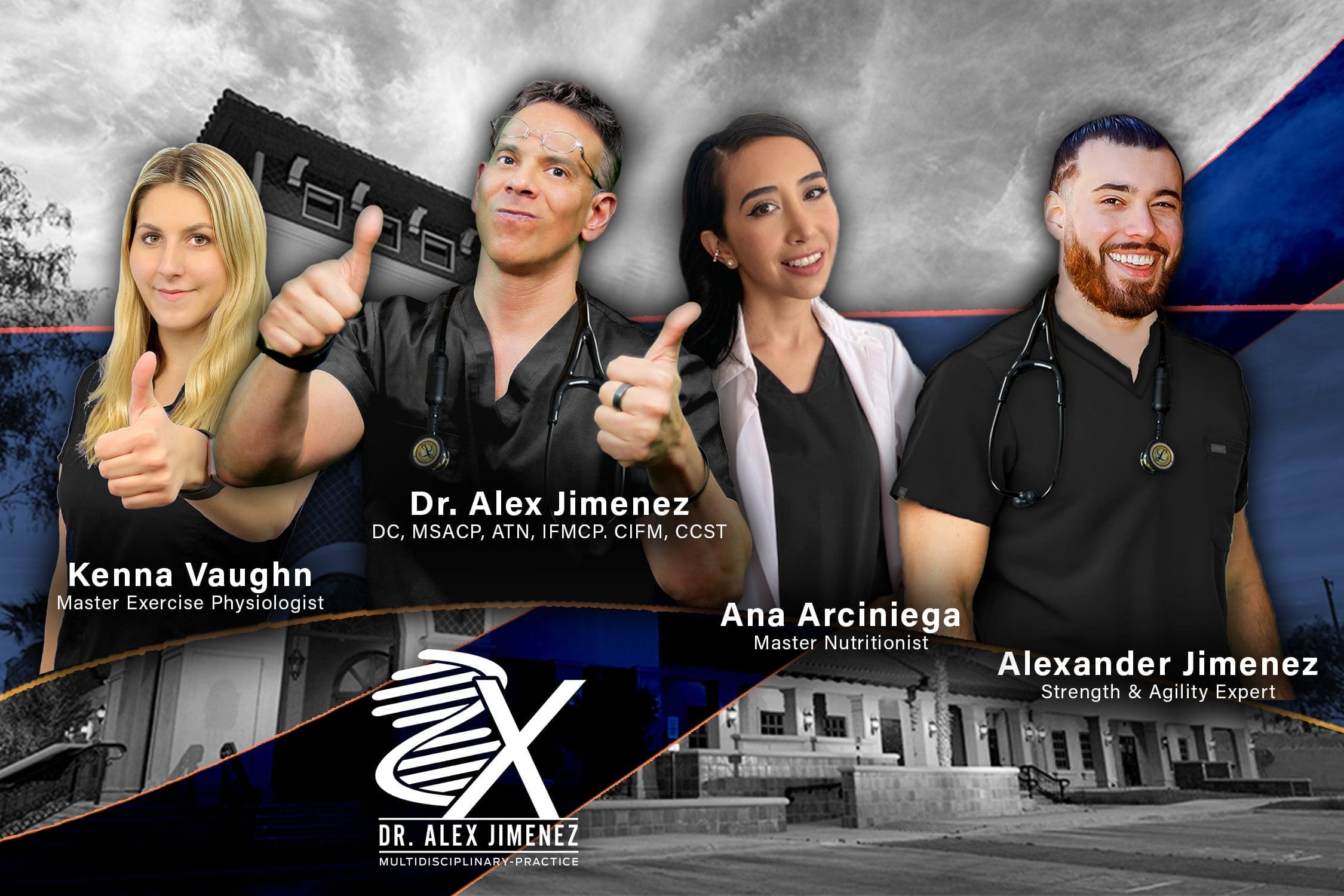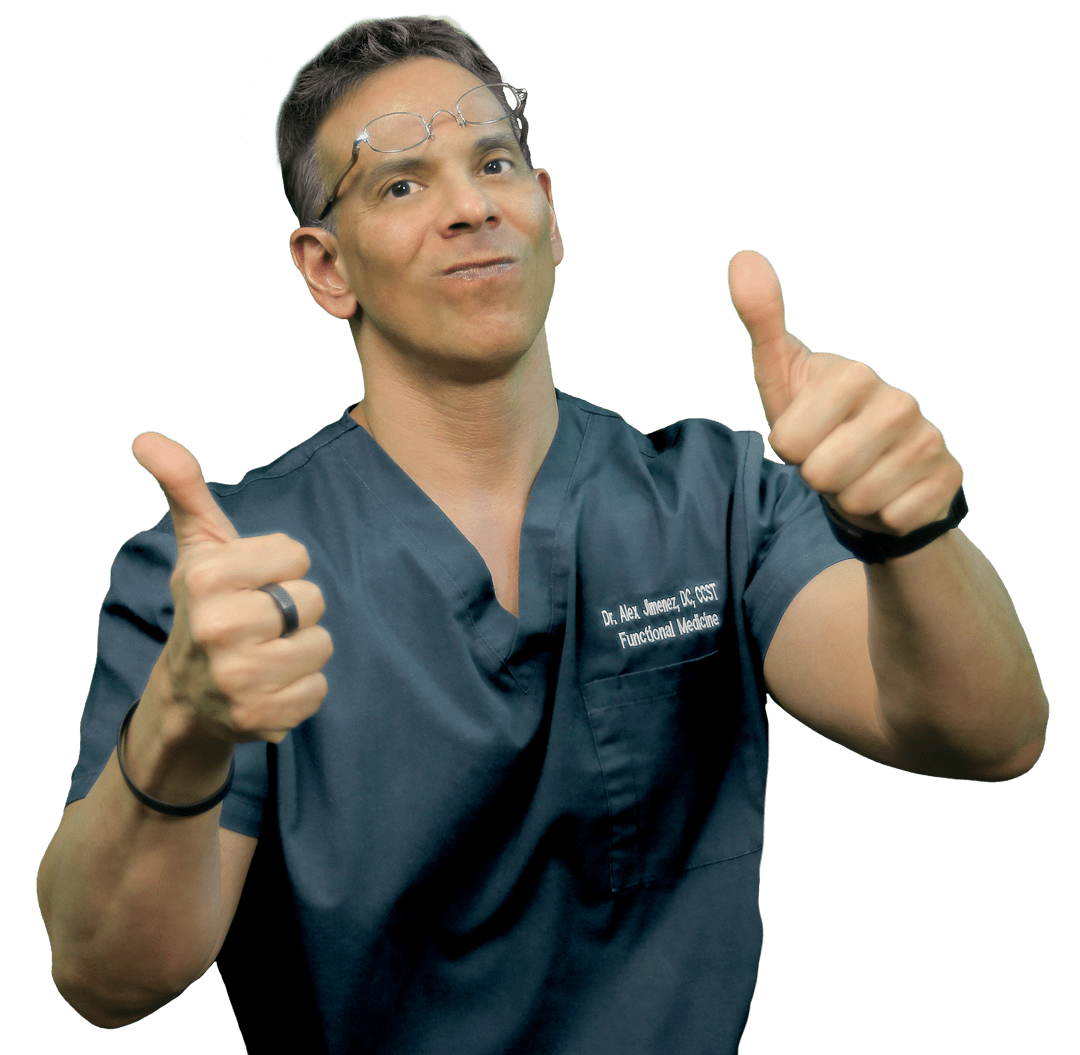Table of Contents
Athletic Recovery After Auto Injury: A Scientific, Dual-Scope Chiropractic Approach

Motor vehicle accidents (MVAs) can silently undermine athletic potential. While obvious trauma like fractures and contusions is often quickly addressed, subtler musculoskeletal and neurological injuries—those affecting spinal alignment, joint mechanics, and neuromotor control—may go unrecognized. For athletes, even minor postural asymmetries, ligamentous instability, or segmental dysfunctions can degrade performance, delay recovery, and increase the risk of reinjury.
At ChiropracticScientist.com, we explore recovery through a biomechanical, integrative, and evidence-based lens. Informed by clinical research and dual-scope care models—including chiropractic, functional medicine, and advanced diagnostics—this article presents a comprehensive strategy for athlete recovery after an MVA.
I. The Hidden Burden of Car Accidents on Athletic Physiology
The kinetic forces of an auto collision—especially those involving whiplash, torque, or rotational impact—can impose a complex matrix of strain on the musculoskeletal system. Athletes are particularly vulnerable because their performance relies on finely tuned movement patterns, joint centration, and high neuromuscular efficiency.
1.1 Ligamentous and Capsular Injury
Soft tissues, such as ligaments and joint capsules, are susceptible to micro-tearing, laxity, or instability even in low-speed collisions. In spinal joints, this can lead to altered segmental motion, postural imbalance, and compensatory muscular guarding—critical concerns for athletes requiring spinal rotation or load transfer (e.g., golfers, sprinters, wrestlers).
1.2 Vertebral and Postural Misalignment
MVAs often create subclinical misalignments in the cervical, thoracic, and lumbar spine. These may appear as anterior head carriage, thoracic kyphosis, or pelvic tilting—each of which can disrupt gait mechanics and joint loading patterns.
1.3 Nerve Irritation and Proprioceptive Deficits
Mechanical stress on the spine can compromise the dorsal root ganglia and mechanoreceptors, leading to impaired proprioception. This impairs balance, reaction time, and spatial awareness, placing the athlete at a performance disadvantage.
1.4 Systemic Stress and Hormonal Disruption
The neuroendocrine response to trauma may increase cortisol levels, decrease melatonin levels, and impair recovery processes. Sleep quality, tissue repair, and cognitive focus all decline, compounding physical injuries with physiological dysregulation.
?? Subclinical dysfunctions post-MVA often go undetected in traditional assessments but are detectable via functional chiropractic evaluation and biomechanical gait analysis.
II. Scientific Chiropractic Evaluation: Precision Over Protocol
Rather than generalized treatment plans, high-level post-MVA care requires individualized diagnostics rooted in functional science. Chiropractic scientists assess beyond pain, examining kinematic chains, vertebral loading, and joint symmetry across both axial and appendicular systems.
2.1 Functional Movement Screening
Using tools such as gait analysis, joint loading assessments, and digital posture scanning, chiropractors can identify:
- Altered lumbopelvic rhythm
- Sacroiliac joint dysfunction
- Cervicogenic instability affecting the shoulder range
- Compensatory motor recruitment patterns
2.2 Spinal Imaging and Ligamentous Integrity Testing
Post-MVA athletes often require stress radiographs, MRI, or digital motion X-ray (DMX) to assess ligament laxity (e.g., alar, transverse, supraspinous ligaments). At Chiropractic Scientist-aligned clinics, we correlate imaging findings with joint proprioception and strength ratios to guide rehab.
2.3 Segmental Neurological Evaluation
Subtle disc herniations or neural tension may present as motor inhibition rather than overt pain. Chiropractic NMS (neuromusculoskeletal) testing examines:
- Dermatome distribution
- Myotome strength testing
- Reflex grading
- Nerve conduction and EMG (if needed in co-management)
III. Chiropractic Adjustments for Athletic Injury Recovery
Once dysfunctions are identified, precise manual and instrument-assisted adjustments restore joint centration and neural regulation, thereby promoting optimal joint function. Key goals in post-MVA athlete care include:
3.1 Restoring Biomechanical Symmetry
Adjustments realign spinal joints, reduce abnormal loading, and normalize afferent signaling. For athletes, this translates to better:
- Reaction times
- Power transfer
- Joint coordination
- Flexibility under load
3.2 Reducing Nerve Interference
Restoring vertebral function also decompresses neural pathways. As nerve flow normalizes, athletes experience:
- Decreased pain sensitivity
- Improved muscle firing
- Enhanced joint control and endurance
3.3 Preventing Reinjury
By addressing postural imbalances and joint instability, chiropractic care reduces biomechanical vulnerabilities, improving athletic resilience in both practice and competition.
? Adjustments are not just corrective—they are preventive tools for neuromuscular optimization.
IV. Integrating Nurse Practitioner Diagnostics for Whole-System Insight
In a dual-scope model, chiropractic care is enhanced through collaboration with nurse practitioners (NPs) trained in family or sports medicine. This model offers:
4.1 Diagnostic Imaging and Laboratory Testing
NPs can order and interpret:
- MRIs for disc pathology
- Hormone panels for cortisol/testosterone imbalances
- Inflammatory markers (CRP, ESR)
- Sleep quality metrics (e.g., melatonin, HRV via wearable tech)
4.2 Prescriptive Authority (Non-Opioid Focus)
For athletes with acute pain, NPs can prescribe NSAIDs, topical agents, or muscle relaxants where necessary, without the risk of overprescription or opioid dependency.
4.3 Medical Documentation for Legal and Insurance Needs
Personal injury (PI) claims require thorough and accurate documentation. NP involvement ensures:
- Timely diagnostic coding
- Referral coordination
- Legal medical summaries for insurance attorneys
V. Functional Nutrition and Recovery Science
Nutrition becomes a therapeutic intervention post-MVA. Injured athletes often present with oxidative stress, catabolic metabolism, and micronutrient depletion. Functional protocols may include:
5.1 Anti-Inflammatory Diet Protocols
Emphasizing:
- Wild-caught omega-3s (EPA/DHA)
- Antioxidant-rich vegetables (dark greens, cruciferous)
- Curcumin, ginger, and magnesium supplementation
5.2 Gut Repair for Trauma-Induced GI Dysfunction
MVAs and medications (NSAIDs, muscle relaxants) can damage the gut lining. Functional nutrition restores:
- Gut microbiota via probiotics
- Intestinal lining with L-glutamine, zinc carnosine
- Digestive function via enzyme support
5.3 Hormonal Rebalancing and Recovery
Supporting adrenal recovery with:
- Ashwagandha
- Rhodiola
- B-complex vitamins
- Guided meditation and sleep hygiene coaching
VI. Acupuncture: Neurological Modulation and Tissue Healing
Acupuncture provides potent recovery advantages:
- Endorphin release for pain modulation
- Improved microcirculation for tissue healing
- Vagal nerve activation for stress relief and parasympathetic tone
? In post-MVA athletes, acupuncture restores nervous system harmony while enhancing muscular relaxation and tissue oxygenation.
VII. Return-to-Play: Functional Performance Testing
At Chiropractic Scientist-aligned centers, return-to-play decisions are informed by data. This involves:
- Baseline-to-post-injury comparison (gait, strength, proprioception)
- VO2 max and lactate threshold tracking (for endurance sports)
- Isokinetic dynamometry to assess unilateral strength recovery
Athletes return only when their neuromuscular symmetry, pain-free function, and performance metrics meet or exceed pre-accident levels.
VIII. Case Model: Dr. Alexander Jimenez of El Paso
Dr. Alexander Jimenez, DC, APRN, FNP-BC, exemplifies this integrated model:
- Chiropractor + NP training offers precision spine care plus medical oversight
- Functional medicine integration supports inflammation, nutrition, and hormone balance
- Legal documentation expertise ensures athletes have verified support for PI claims
- On-site rehab protocols combine spinal adjustments, soft tissue therapy, and neuromuscular retraining
Dr. Jimenez’s scientific and dual-scope methodology allows athletes to fully recover, realign, and rebuild after MVAs—without fragmented care.
IX. Conclusion: From Collision to Comeback
Motor vehicle accidents can erode an athlete’s foundation. But through precision chiropractic care, medical integration, functional nutrition, acupuncture, and movement science, recovery becomes measurable, reliable, and sustainable.
At Chiropractic Scientist, we emphasize scientific integrity, interdisciplinary collaboration, and athlete-centered diagnostics. Whether you’re an injured competitor or a provider supporting post-MVA athletes, this model represents the future of integrative recovery.
? Reference Links:
- The Role of Chiropractic in Sports Performance and Injury Prevention
- Car Accident Recovery with Chiropractic and Sports Therapy
- Winning the Injury Recovery Race
- Chiropractic and Nurse Practitioner for Injury Recovery
- Enhancing Performance with Acupuncture
Post Disclaimer
Professional Scope of Practice *
The information herein on "Post-accident Athletic Recovery for Optimal Performance" is not intended to replace a one-on-one relationship with a qualified health care professional or licensed physician and is not medical advice. We encourage you to make healthcare decisions based on your research and partnership with a qualified healthcare professional.
Blog Information & Scope Discussions
Welcome to El Paso's Chiropractic Scientist wellness blog, where Dr. Alex Jimenez, DC, FNP-C, a board-certified Family Practice Nurse Practitioner (FNP-C) and Chiropractor (DC), presents insights on how our team is dedicated to holistic healing and personalized care. Our practice aligns with evidence-based treatment protocols inspired by integrative medicine principles, similar to those found on dralexjimenez.com, focusing on restoring health naturally for patients of all ages.
Our areas of chiropractic practice include Wellness & Nutrition, Chronic Pain, Personal Injury, Auto Accident Care, Work Injuries, Back Injury, Low Back Pain, Neck Pain, Migraine Headaches, Sports Injuries, Severe Sciatica, Scoliosis, Complex Herniated Discs, Fibromyalgia, Chronic Pain, Complex Injuries, Stress Management, Functional Medicine Treatments, and in-scope care protocols.
Our information scope is limited to chiropractic, musculoskeletal, physical medicine, wellness, contributing etiological viscerosomatic disturbances within clinical presentations, associated somato-visceral reflex clinical dynamics, subluxation complexes, sensitive health issues, and functional medicine articles, topics, and discussions.
We provide and present clinical collaboration with specialists from various disciplines. Each specialist is governed by their professional scope of practice and their jurisdiction of licensure. We use functional health & wellness protocols to treat and support care for the injuries or disorders of the musculoskeletal system.
Our videos, posts, topics, subjects, and insights cover clinical matters, issues, and topics that relate to and directly or indirectly support our clinical scope of practice.*
Our office has reasonably attempted to provide supportive citations and has identified the relevant research studies or studies supporting our posts. We provide copies of supporting research studies available to regulatory boards and the public upon request.
We understand that we cover matters that require an additional explanation of how they may assist in a particular care plan or treatment protocol; therefore, to discuss the subject matter above further, please feel free to ask Dr. Alex Jimenez, DC, APRN, FNP-BC, or contact us at 915-850-0900.
We are here to help you and your family.
Blessings
Dr. Alex Jimenez DC, MSACP, APRN, FNP-BC*, CCST, IFMCP, CFMP, ATN
email: coach@elpasofunctionalmedicine.com
Licensed as a Doctor of Chiropractic (DC) in Texas & New Mexico*
Texas DC License # TX5807
New Mexico DC License # NM-DC2182
Licensed as a Registered Nurse (RN*) in Texas & Multistate
Texas RN License # 1191402
ANCC FNP-BC: Board Certified Nurse Practitioner*
Compact Status: Multi-State License: Authorized to Practice in 40 States*
Graduate with Honors: ICHS: MSN-FNP (Family Nurse Practitioner Program)
Degree Granted. Master's in Family Practice MSN Diploma (Cum Laude)
Dr. Alex Jimenez, DC, APRN, FNP-BC*, CFMP, IFMCP, ATN, CCST
My Digital Business Card





 Again, We Welcome You.
Again, We Welcome You.
Comments are closed.